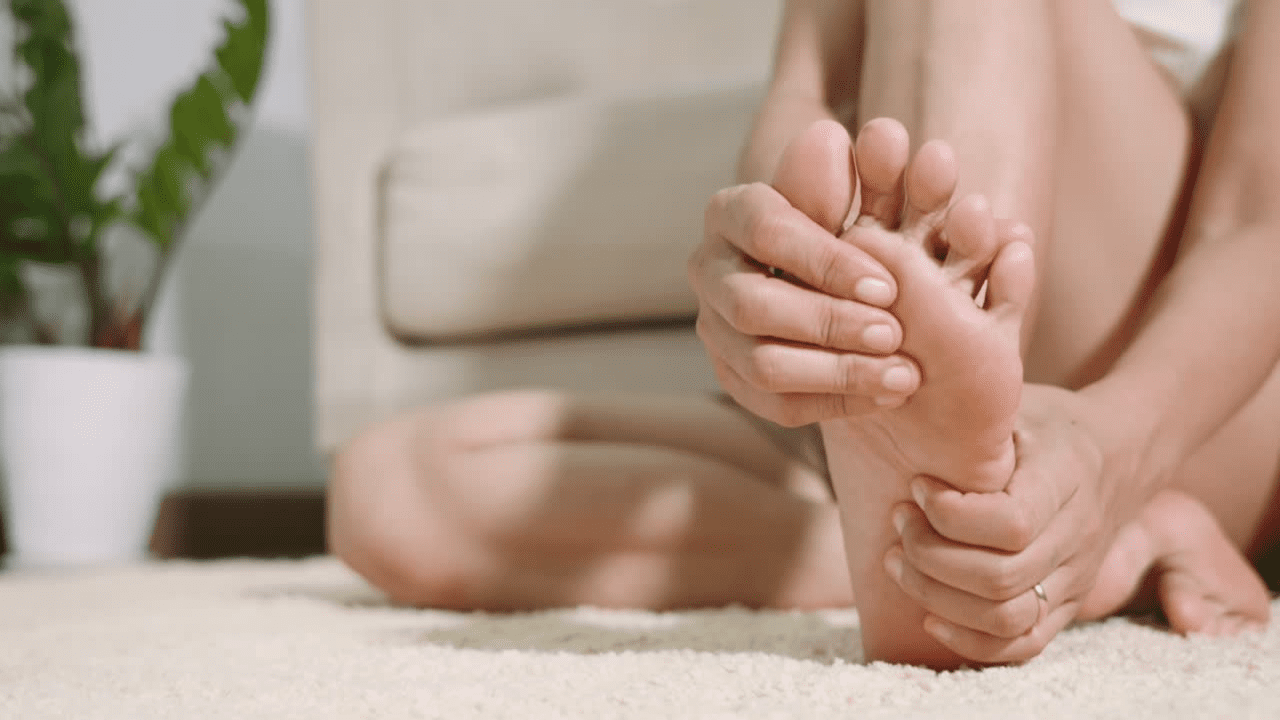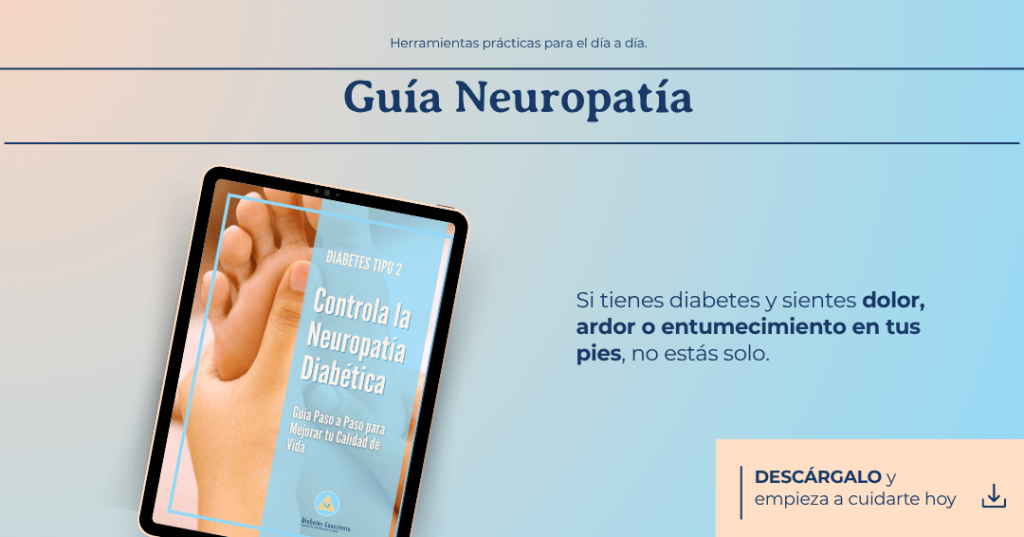
21 tips you should know to live a full and healthy life with diabetes.
Tabla de contenidos
Hello, we are Diabetes Consciousness; we are here to help you find solutions towards your health.
Always nice to see you again! If you have been with us, you know we continue with our main topic of the week: Diabetic neuropathy. We have covered its symptoms, what it is and how Diabetes can cause it. We know that many of you may suffer from this illness, and questions about its prevention and treatment are frequent.
At the moment, there is no definitive cure for diabetic neuropathy. However, there are ways to treat it. The goal of all the existing treatments is mainly to reduce the progression of the disease, relieve pain, and control complications to restore the body functions that can be altered or affected.
As always, we want to give you concise and precise information. We know it can be overwhelming to research these topics on the web.
Join us until the end of this video, and we’ll tell you How to Prevent Diabetic Neuropathy and the medical treatments that currently exist for this neuropathy.
Ok, let’s continue then…
How to Prevent Diabetic Neuropathy

To prevent diabetic neuropathy or slow its progress, a healthy lifestyle is required. It allows you to maintain permanent control over your blood sugar.
For early detection of diabetic neuropathy, the American Diabetes Association recommends three neurological examinations:
1. As soon as a type 2 diabetes diagnosis is made.
2. Five years after diagnosing someone with type 1 diabetes.
3. After that, an annual neurological evaluation is recommended.
Ask your therapist to conduct an in-depth interview, specialized clinical tests, and prepare a detailed medical history for a proper clinical evaluation. This helps find other possible causes for neurological symptoms and also, to request specialized medical exams on time.
Every person with Diabetes should be aware to avoid neuropathies and other complications of Diabetes. In addition, it’s necessary to maintain a metabolic control that can be achieved by:
- Having an eating plan.
- Learning about food and its effects on blood glucose.
- Engaging a personalized, balanced, permanent physical exercise. A suggested time of 4 times a week for one hour. But it’s always important to consult with your health practitioner.
- Getting enough sleep and rest, at least 8 hours a day.
- Monitoring the values of the HbA1c test results. As we explained in our previous article about How does leg pain in a diabetic feel? This simple blood test measures the average blood sugar levels from the last three months. Do it preventively once or twice a year.
- Having frequent medical check-ups. Choose a therapist who knows your case in-depth and walks with you in your progress and maintenance.
- Hydrating daily. Drink enough water a day, 8 to 10 glasses of water or infusions.
- Implementing anti-stress strategies; meditation, relaxation, breathing.
- Maintaining your emotional balance is essential for your health.
Also, being aware of the following general health symptoms. Plus, consult your doctor if these appear associated with neuropathy:
- Electrical or burning sensations in the hands and feet.
- Any skin lesion that does not heal quickly.
- Sudden dizziness or fainting spells.
- Sexual dysfunction in both men and women.
- Noticeable digestive changes, constipation, or diarrhea.
- Permanent loss of appetite or indigestion.
- Lack of strength and weakness in the hands when things fall easily.
- Changes in urination, incontinence, or infections.
- Sudden drops in blood pressure.
- Eye pain or discomfort when focusing, or intolerance to light.
- Paralysis of the middle of the face.
- Excessive sweating or also lack of sweating.
- Bone and joint pain.
Treatment Options for Pain Management

2. Medication treatment
If you have neuropathy, there are some other steps you can take to help control pain. One of the first courses of action is pain management through medication.
Over-the-counter medications can help relieve mild to moderate pain, such as ibuprofen and acetaminophen.
Currently, the U.S. Food and Drug Administration (FDA) approves two medications for the treatment of diabetic peripheral neuropathy: duloxetine like Cymbalta, pregabalin like Lyrica
Other medications and treatment options include using opioid medications such as tramadol, tapentadol, topical remedies, and sprays.
Please remember, these medications can only be consumed and applied under a medical prescription. We are discussing them here for your knowledge, but be sure to talk about them with your doctor.
3. Non-medicated treatments such as
- Physiotherapy
- Acupuncture
- Neural therapy
- Electrical acupuncture, or TENS, uses small amounts of electricity to block pain signals.
- Relaxation techniques, meditation
- Wearing elastic socks can help relieve leg pain and walking frequently.
4. Vascular surgeries and procedures or intraneural facilitations
These are available for patients that suffer from chronic nerve pain as a result of Diabetes, chemotherapy, or sports injuries. This innovative new therapy restores blood flow to the nerves by opening the arteries in the hands and feet. It avoids further complications.










